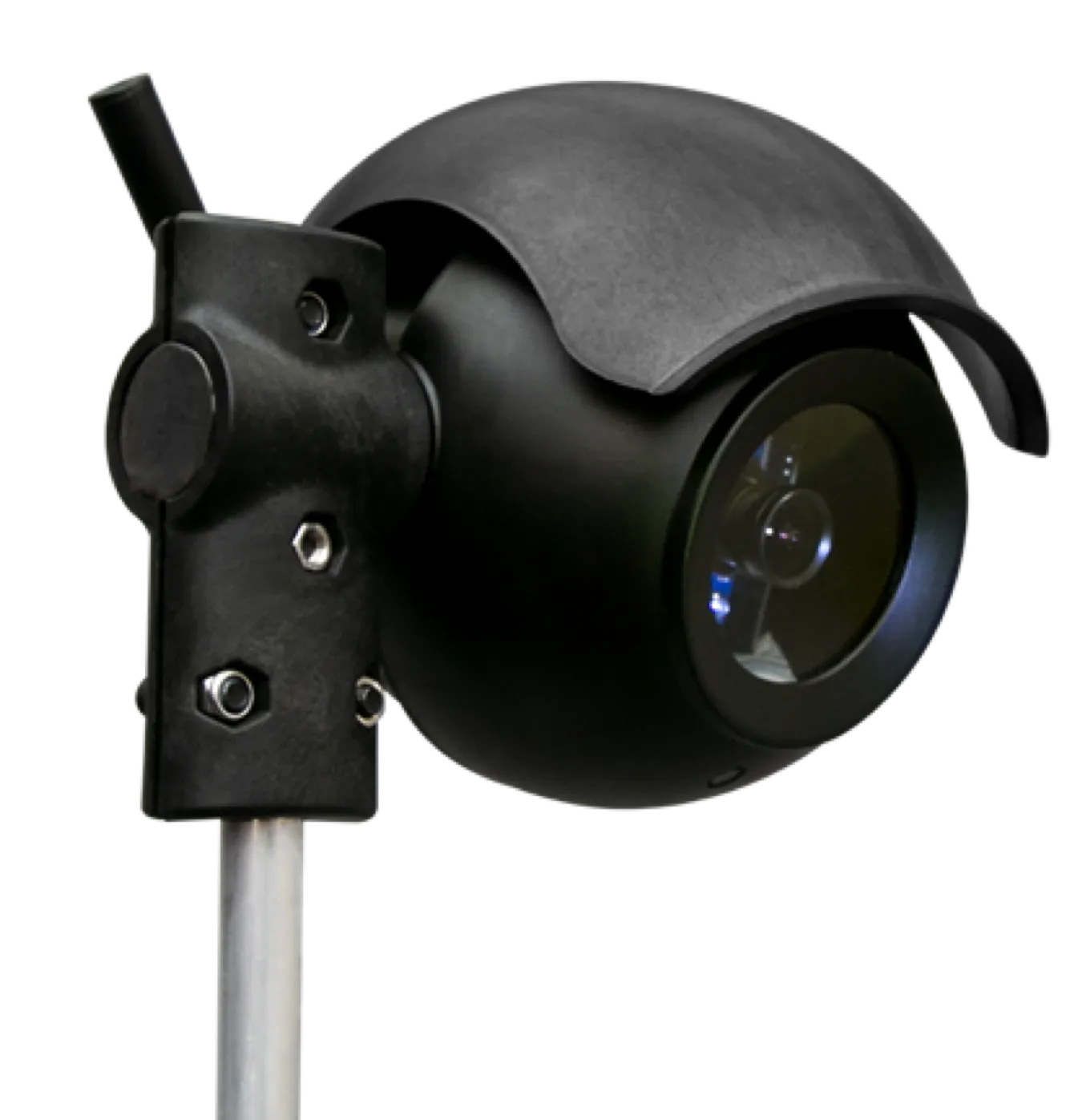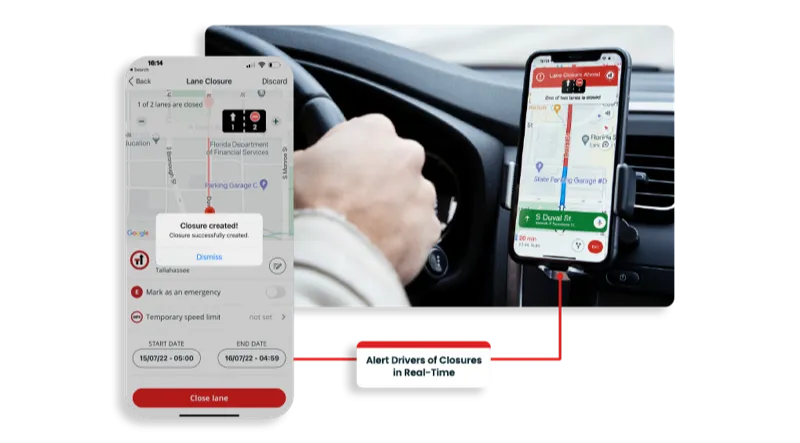
At Teledyne Flir our AI cameras and sensors are significantly more successful in detecting different vehicle and other road user classes.
Detectors from Flir will easily distinguish between cars, van small and large trucks and lorries, bicycles and motorcycles. Where GDPR compliance is a challenge we can offer Thermicam AI (below), which has a thermal sensor able to classify between vehicles and pedestrians but without the facial detection and recognition capabilities.

Our system can even be taught to recognise customised classes. Our AI detectors are better at predicting trajectories. Based on vehicle parameters such as speed and direction, they can easily detect position, speed and heading even if, after having initially detected a vehicle, it then becomes occluded - making vehicle detection and classification much faster and more accurate. Another promising application of our AI range of products is that they enable setting up a digital twin of urban intersections and interurban environments.
The digital twin is a concept that has already been popular in the manufacturing and production industries for many years. But instead of the virtual, real-time representation of business processes, tunnel operators can use the digital twin to get a complete overview of all traffic operations and activities. A digital twin establishes the exchange of data between the physical systems and their virtual representation.
Based on this wealth of data, a digital twin can then generate a real-time bird’s eye view of traffic, offering operators an invaluable source for decision-making. Our AI cameras, like Teledyne Flir’s Thermicam AI and Traficam AI, also have their AI embedded into the camera. This means that it is not necessary to send camera data over the network to a central server or cloud service for processing. As a result, the network is not overloaded when there is no detection, and detection can happen with much less latency.
To find out more about our AI capabilities, visit www.flir.co.uk/traffic/its-ai
Content produced in association with Teledyne Flir










